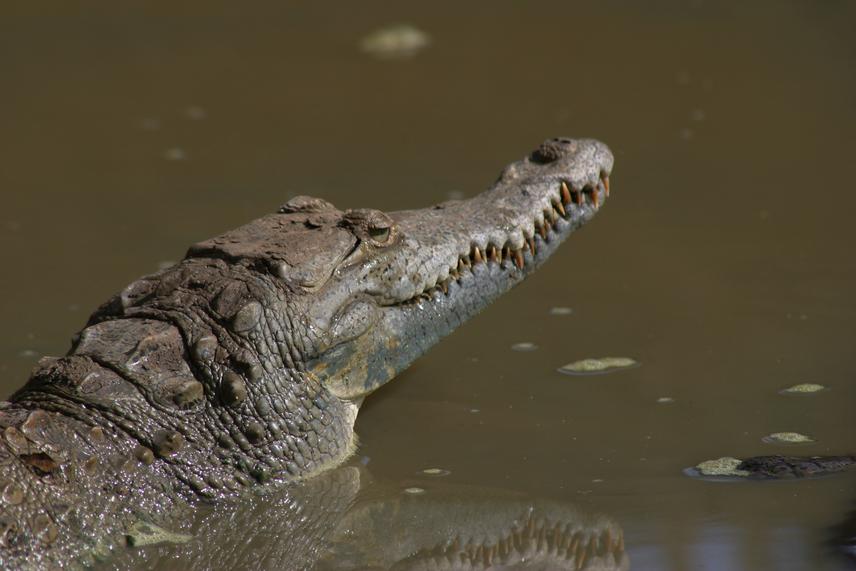Natalia A. Rossi
The aim is to gather information on the evolutionary distinctiveness and reproductive dynamics of American crocodiles in Wildlife Refuge Monte Cabaniguán-Ojo de Agua, which fosters the most important nesting population of American crocodiles in the entire Cuban archipelago. Address threats of tourism and nesting habitat loss by thoroughly identifying and mapping key nesting areas in the WRMC that need to be prioritized for conservation.

Cuba is an important stronghold for species of reptiles, fostering the last remaining populations of endemic Cuban crocodiles as well as key populations of American crocodiles. Both crocodile species have been dramatically reduced by hunting and habitat loss over the 20th century, and are currently listed as critically endangered and vulnerable according to the IUCN, respectively. Recent studies have shown that Cuban and American crocodiles are hybridizing and that American crocodiles in Cuba may be different from anywhere else within their geographic range. The Wildlife Refuge Monte Cabaniguán-Ojo de Agua (WRMC) encompasses the most important coastal wetland ecosystems of Eastern Cuba and fosters the most important nesting population of American crocodiles in the entire Cuban archipelago. Because American crocodiles from Cuba may represent a distinct evolutionary lineage that requires separate management from the rest of the species’ distribution and due to their potential impacts on Cuban crocodiles throughout hybridization, this projects seeks to gather information on the evolutionary distinctiveness and reproductive dynamics of American crocodiles inhabiting Cuba.
As Cuba is increasingly allowing forms of human-use in former isolated protected areas, the involvement of local communities in the design of management plans for protected areas will be crucial for the conservation of crocodile populations and their habitats in the near future. The WRMC has been closed to all forms of human use since its creation in 1995, yet it will be opened for national and international tourism starting in 2014. In this project we will address threats of tourism and nesting habitat loss by thoroughly identifying and mapping key nesting areas that need to be prioritized for conservation. By establishing the location and relative importance of these nesting areas, we will be able to specify and recommend regulations of tourism visits, timing and degree of use of boats near nesting areas, and trails of minimum impact that will ensure the protection of these fragile nesting grounds. Results of our work will be included in the management plan of the WRMC. In this way, our project will be ensuring nesting continuity and recruitment in the WRMC, one of the most important nesting populations in the entire Cuban archipelago.